I am creating a screensharing application that would work in a similar manner like Google Hangout Screen Shares, and I'd like to know how the Google Talk plugin (used for Screen Shares) spawns child processes and uses a dynamic port range.
I am creating a background running application that user will have to install, and which talks with browser like how they describe here, http://www.codeproject.com/Articles/36517/Communicating-from-the-Browser-to-a-Desktop-Applic
But when I look at googleTalkPlugin, which is responsible for google hangout screen sharing, I saw that there are a lot of processes running, and whenever I open a new browser, a new talk plugin for that browser starts, as child service.
Here are some snapshots


and when I noticed the port used by googleTalkPlugin, I came to know its dynamic! If you saw the above link, the Browser Desktop communication is on static port.
I am very interested in knowing, how do I use dynamic port numbers? Also, should I create child process for every browser? Or something better?